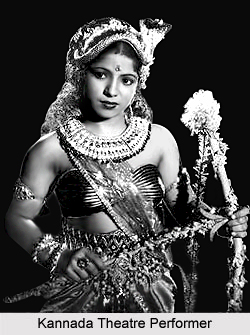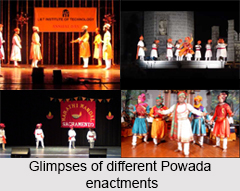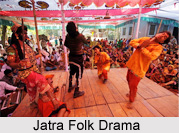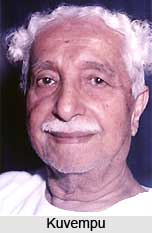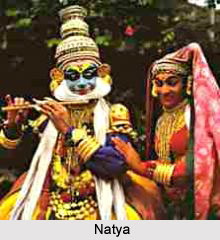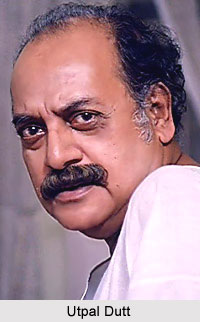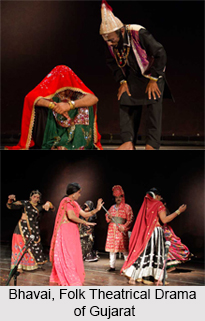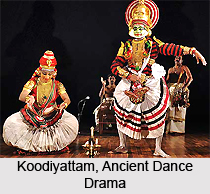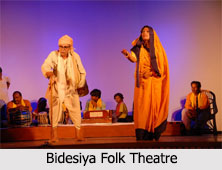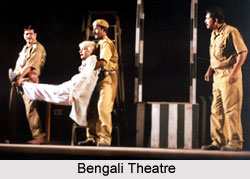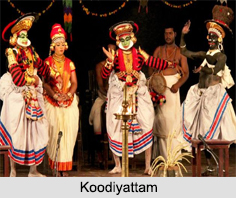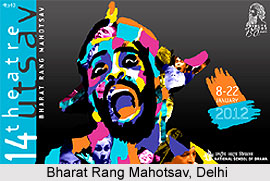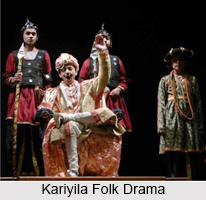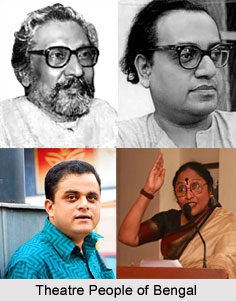Ratnavali Theatrical Company came into existence to promote friendly rivalry with the Palace Company. It was set up in the year 1882 at Mysore. It was started by Myndyam Rangachar, the first actor of Mysore, with a group of Sawyers and officials, but soon his troupe came to be dissolved after a very short career of unexampled success and popularity, as Rangachar himself was coaxed to join the Palace Company. Gauri Narasimhayya, who used to play female roles, collected the remnants of the material resources and talents of the troupe to revive it in about the year 1886 under a different name, Sri Saraswati Vilasa Nataka Sabha.
The theatre troupe set out in 1890, led by Gauri Narasimhayya on an extensive tour of prominent cities in Mysore and the Bellary district. The tour quickly proved to be a great success. The main reason for its success was its high standard of acting and its attractive stage music. In 1890, Varadachar appeared in the Kannada theatre stage, but soon, just as he was finding his true greatness, the company got disrupted at Mysore owing to differences among its members Varadachar gave up the stage and joined the office of the British Resident in Bengaluru as a clerk. An attempt to start The Bangalore Union with Varadachar as its leader failed. When Varadachar lost his wife and the only son at Bengaluru, he returned to Mysore, a broken man. He was persuaded to revive the old Saraswativilasa Nataka Company of Gauri Narasimhayya. Being unable to resist the forceful persuasion of his admiring friends who desired to make him the sole proprietor and stage director of the concern, Varadachar at last consented, and the company started on its great career in December, 1904. The troupe was renamed The Ratnavali Theatrical Company. It was the genius of Varadachar that carried the troupe from success to success for about 20 years from this time. Within six years, about 20 plays were staged and some of them, like Shakuntala, Nirupama, Manmatha Vijaya, Ratnavali, and Vimuleele made a tremendous impact on the minds of the audiences of those days. Varadachar played leading roles in all these plays and earned a covetable reputation for the troupe. The troupe staged in the palace, five different plays including Prahlada, in the royal presence and was richly rewarded. In 1912, the troupe set out on an extensive tour of South India, to visit Erode, Coimbatore, Karaikudi, Selam, Kumbhakonam, Mangalore, Udipi, Kundapur, Tirthahalli and Bellary. It was publicly honoured at Trichy, Kumbhakonam, Madura and Mangalore, as the great cultural ambassador of Karnataka.
The troupe strenuously endeavoured to put on the stage, three full length mythological plays like Vishnulila, Ramayana, and Mahabharata. When compared with its previous masterpieces like Sakuntala, Nirupama and Praladh, these full length shows proved to be sorry attempts at dramatising the epics. Still, the troupe toured in the then Mysore State and in 1925, the public of Bengaluru honoured Varadachar with a precious necklace as a token of appreciation of his services to the Kannada stage. A year later, Varadachar died; and with him ended the glorious story of the troupe. Varadachar`s troupe provided rich entertainment both to the learned and the lay. Its asset was its gifted artists like Krishnamoorthi Rao, Bodharao, R. Nagendra Rao, Mari Rao, Raja lyengar and K. Seetaramarao who provided a solid foundation for the grand superstructure built by the genius of Varadachar. He made some outstanding contributions to the theatre of Mysore. Stage-music was one of them.
The Ratnavali Theatrical Company earned a name for its slickness of production. In order to make his plays attractive, Varadachar introduced dances as interludes or as organic parts of the play in the court-scenes.4 Better methods of make-up, rationalisation of costumes, a dignified interpretation of characters and a better exploitation of the light and shadow effects (as in Harischandra in the burial ground scene), made his plays the finest of those days. Costumes were made to look more natural. Great sages like Viswamitra and Vasistha, and the female roles discarded their socks, the Sakuntala of the hermitage was released from the heavy load of her ornaments and colourful gold lace, Sakuni no longer looked like a Rajput Sardar, nor Duryodhana like a Muslim Nawab nor Bhima as `a ghost driving grotesque wizard `. The heroes of mythology were at last set free from the fashions and costumes of the 20th century. Better standards of stage-acting, a new stage-music and more sensible costuming and presentation were brought into vogue by the Ratnavali troupe. The Kannada theatre, thanks to Varadachar, would once again be what it had been before. It reached the opaque of its glory with Varadachar, whose versatile art was god`s solid gift to the Kannada world. Sri Karanth was not very far from truth when he observed in 1939, that some day when there was nothing of a stage, Varadacharya and Krishnamurthi not only built a stage for Karnataka but also earned a status for it. They had to stop somewhere and they did but from that day to this, the Karnataka stage has not moved forward by an inch.







